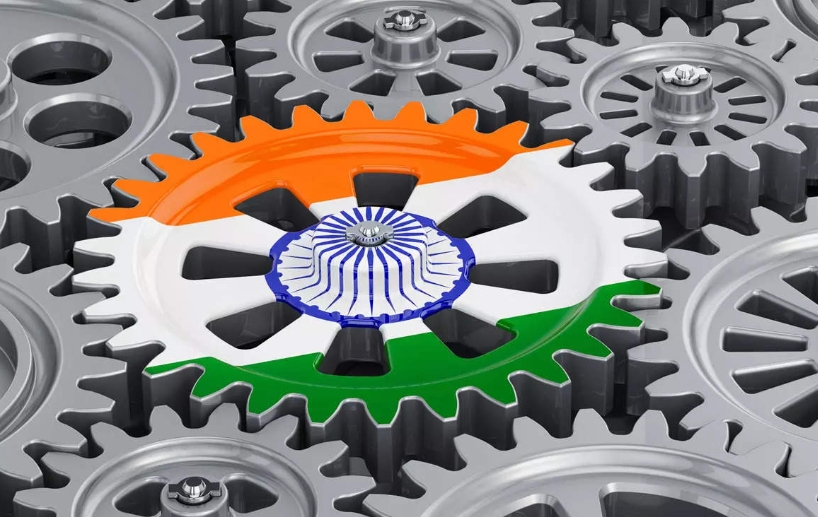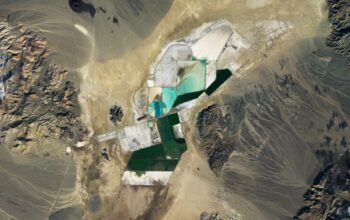According to Laure de Carayon, the founder of Asia Loopers, there is a possibility that Made in India could potentially replace Made in China in the coming years

In recent times, India has emerged as a significant destination for industries, including the technology sector. Many companies view the Indian subcontinent as a hub of innovation, with a skilled workforce and immense potential. However, can India outshine its formidable rival, China? The parallels between India’s current development trajectory and that of the ancient Middle Empire are worth considering.
Despite its growth, India faces various challenges, including tensions at the Sino-Indian border, a rapidly growing population, and inadequate infrastructure. However, how does India overcome these obstacles? What opportunities does it offer to large companies? Can it potentially become the “new China” and serve as the world’s new manufacturing hub?
India, a nation navigating through a landscape of challenges and opportunities
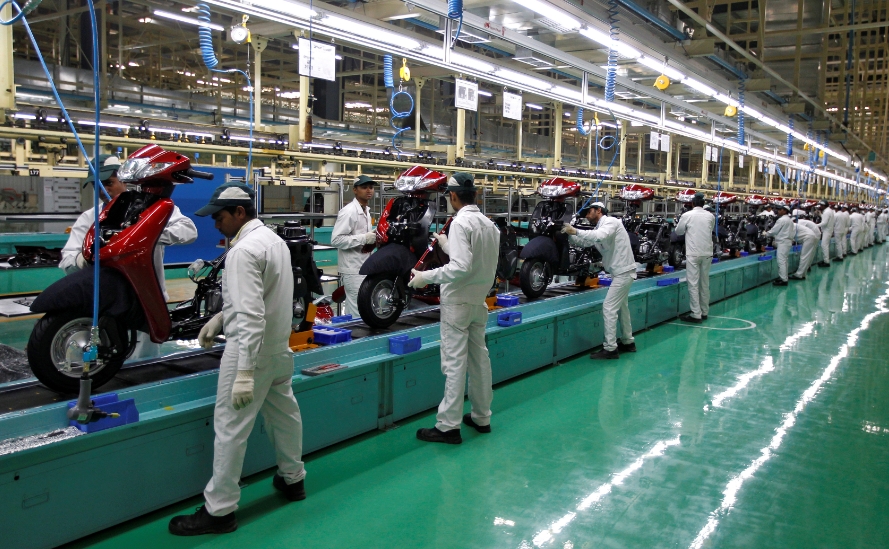
India is currently undergoing remarkable growth across various spheres, beginning with its demographics. According to UN projections, India’s population is expected to reach 1.43 billion this year, surpassing that of China. On the economic front, Morgan Stanley predicts that India’s GDP will surpass that of Japan and Germany by 2027, making it the third-largest economy in the world, trailing only the United States and China. Additionally, India’s geopolitical significance cannot be overlooked, as it ranks as the fourth largest military power globally.
In summary, India currently holds a prominent position that is expected to gain even greater significance in the coming years. However, to fully realize its potential as a key global player, India must tackle a range of challenges. One of the most crucial among them is the need to address the issue of urbanization. Despite rapid growth, India’s economy still has a predominantly rural character. Moreover, with only 66% of the population considered literate, there are significant social and spatial inequalities that need to be addressed in order to achieve inclusive growth.
A recent study published by the World Bank in 2021 highlights a notable disparity between India and its main competitor, China. The study reveals that a significant 64.6% of India’s population resides in rural areas, in contrast to China’s figure of 37%. This underscores a key difference between the two nations, as China has successfully achieved higher literacy rates and uplifted its population to support its development trajectory.
In order to drive modernization and sustain its growth, India must undertake substantial investments, projected to exceed $840 billion over the next fifteen years, as per the World Bank. These transformative efforts need to be carefully planned, as by 2036, an estimated 40% of India’s population, equivalent to 600 million people, will reside in mega cities. This underscores the need for strategic and well-thought-out measures to effectively manage the anticipated urbanization and its associated challenges.
Laure de Carayon points out that India is experiencing rapid urbanization, but there still exists a significant infrastructure deficit. This presents a major obstacle for brands considering their presence or accelerating their operations in the country. The need for improved infrastructure is crucial to facilitate business growth and create favorable conditions for brand engagement in the Indian market.
The management of essential resources such as drinking water, energy, and pollution is critical to ensure India’s continued development. Recognizing the significance of this challenge, both the Indian central government and regional states are actively supporting investments in urban infrastructure, with up to 75% of the funding provided by the state, supplemented by 15% from municipalities and other local authorities. This concerted effort demonstrates a commitment to addressing the infrastructure deficit and creating favorable conditions for sustainable development in the country.
Furthermore, private sector entities will need to actively participate by increasing their investments beyond the current 5%. This should not be perceived as a barrier, as a recent survey conducted by international research firm EY indicates that a significant 75% of major international companies have plans to invest in India within the next five years. This demonstrates the growing interest and confidence of global businesses in the Indian market as a prime investment destination for future growth and opportunities.
Digitalization as a Solution to Overcome These Challenges
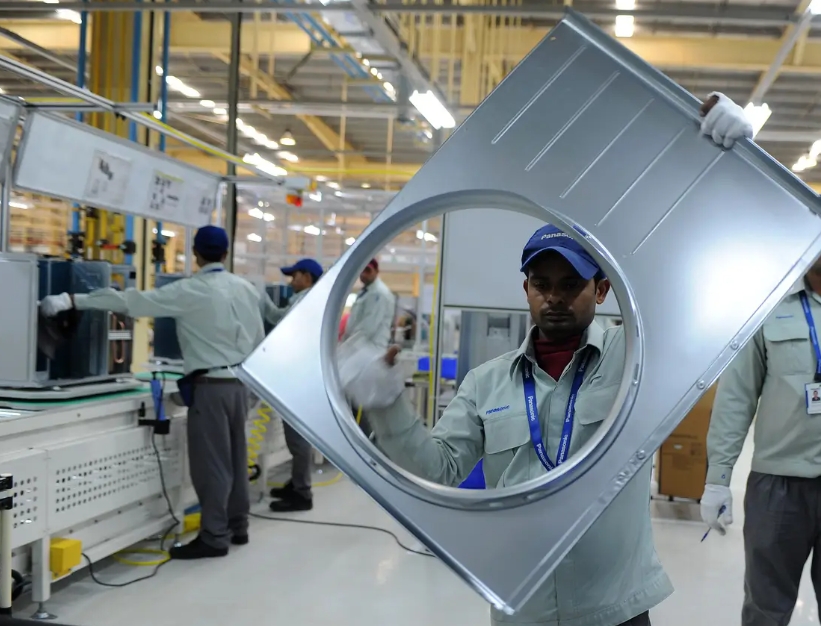
To tackle the multifaceted challenges of development and sustain its upward trajectory, India is strategically leveraging digitalization.
“I firmly believe that digitalization is crucial for any country, including those with limited resources and dense rural populations, to access goods and services at lower costs,” emphasizes Laure de Carayon.
Embracing digital technologies presents a compelling solution for India to overcome various obstacles and achieve inclusive growth, particularly in remote and underserved areas of the country.
“In India, the focus is on adopting an inclusive model that prioritizes the common good and public welfare, while also benefiting merchants and consumers with limited means, particularly in the context of e-commerce,” Laure de Carayon further highlights.
This approach is aimed at creating opportunities for all, ensuring that everyone has a fair chance to participate in the digital economy and reap its benefits. By fostering inclusiveness, India is striving to build a more equitable and prosperous future for its citizens, businesses, and consumers alike.
To achieve this vision of a more digitized and inclusive economy, the Indian Minister of Finance is spearheading various innovative initiatives. One of them is a pilot project focused on the creation of digital wallets and a digital rupee, which is a central bank digital currency. This announcement was made in February 2022, with the aim of reducing the country’s reliance on cash as a form of payment. Leading Indian companies, including Reliance, a major player in the petrochemical industry, have supported this initiative by enabling their customers to make payments using e-rupee. The introduction of digital currency is expected to bring increased security, accessibility, and speed to payments for Indian consumers, while also addressing issues related to sovereignty.
To expedite the process of digitalization across Indian society, the government has launched the IndiaStack program, which is built on an application programming interface (API). The objective of this program is to simplify access to various services, particularly financial services, for both consumers and businesses alike. By leveraging API-based technology, IndiaStack aims to streamline and enhance the availability and convenience of digital services across the country.
Another notable initiative in India’s digitalization journey is the national identification program called Aadhaar, which was launched over a decade ago. Through Aadhaar, every resident is provided with a unique biometric identifier, enabling them to streamline their payments and participate in various government subsidy programs, including food subsidies. This has facilitated greater financial inclusion and efficiency in service delivery, leveraging advanced biometric technology for secure and simplified transactions.
The unique situation in India has piqued the interest of tech giants
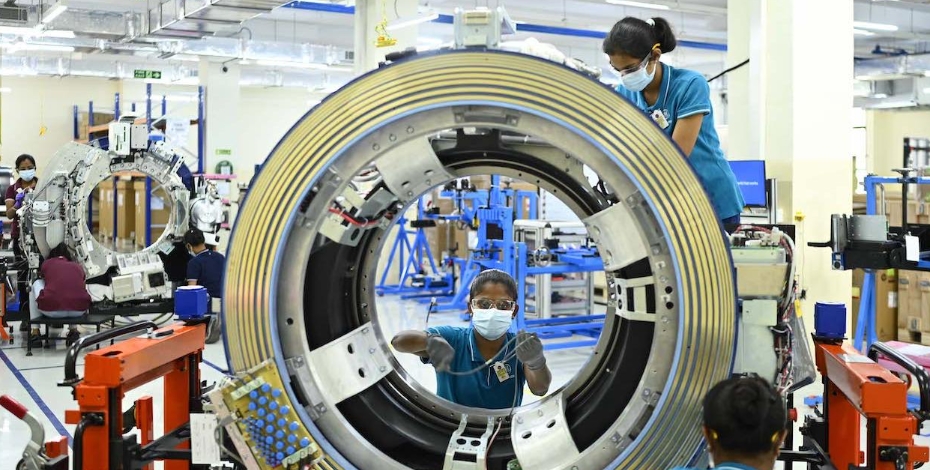
India has embarked on a path of innovation, drawing the attention of both local and international tech giants. Several factors, including the evolution of Indian laws to be more welcoming towards foreigners, have contributed to this rush towards the country.
Despite the growing interest of foreign companies in India, the situation is not without challenges. Strict rules and regulations are in place, requiring foreign companies to comply with local manufacturing requirements and penalizing imports. For instance, a minimum of 30% of components must be of Indian origin for a company to sell its products in its own stores, which can pose hurdles for foreign companies operating in the country.


